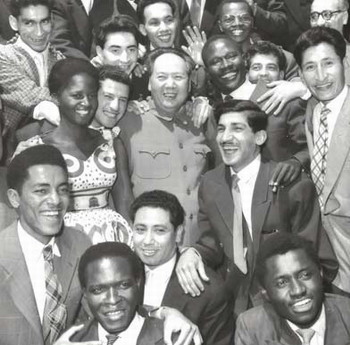Foreign and Military Affairs
China committed to spirit of giving
By Yang Cheng (China Daily)
Updated: 2010-08-13 08:36
 |
Large Medium Small |
|
|
This year marks the 60th anniversary of China's aid to foreign countries.
As a responsible socialist and developing country, the nation has taken foreign aid as an important path to building a harmonious world.
The efforts enhanced independent development of aided nations and made remarkable contributions to the mutual development of many countries around the world.
Assistance begins

In 1950, the year after the New China was founded, the nation began providing economic and technical assistance to socialists countries including the Democratic People's Republic of Korea and Vietnam.
After the Asian-African Conference in Bandung, Indonesia in 1955, the effort expanded to more than 20 developing countries in Asia and Africa.
During Premier Zhou Enlai's visit to 10 African countries in 1964, he announced eight principles that would shape China's foreign assistance.
The core principles were equality and mutual benefit without conditions, a commitment widely welcomed by developing countries.
China has since established technological and economic ties with many developing countries, helping them build industries and enhancing local economies.
The efforts have been highly praised by aided countries.
In the 1970s, China's foreign relations developed rapidly as did the number of the countries it aided.
In 1973, it began to provide donations to many organizations administered by the UN.








